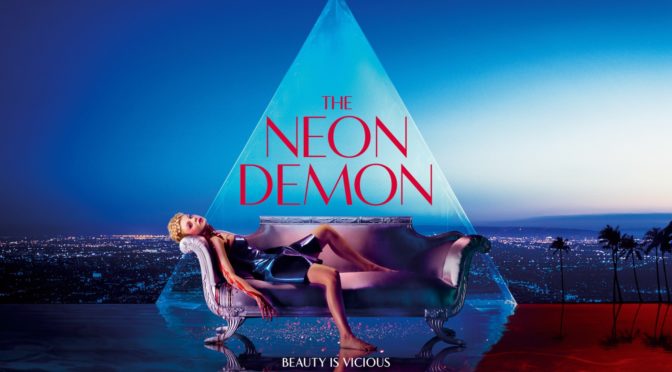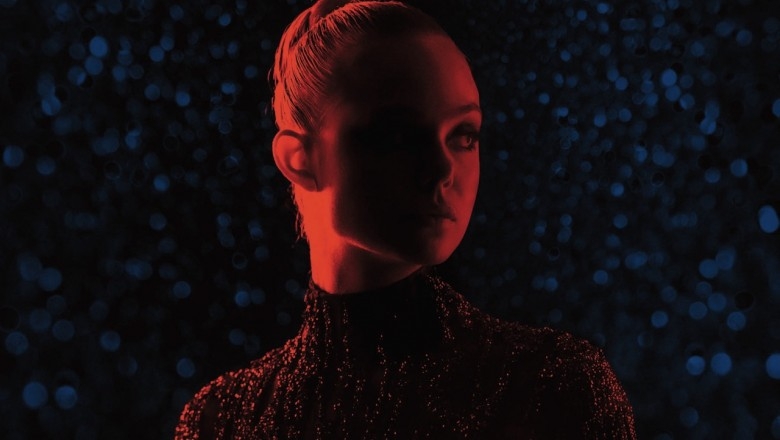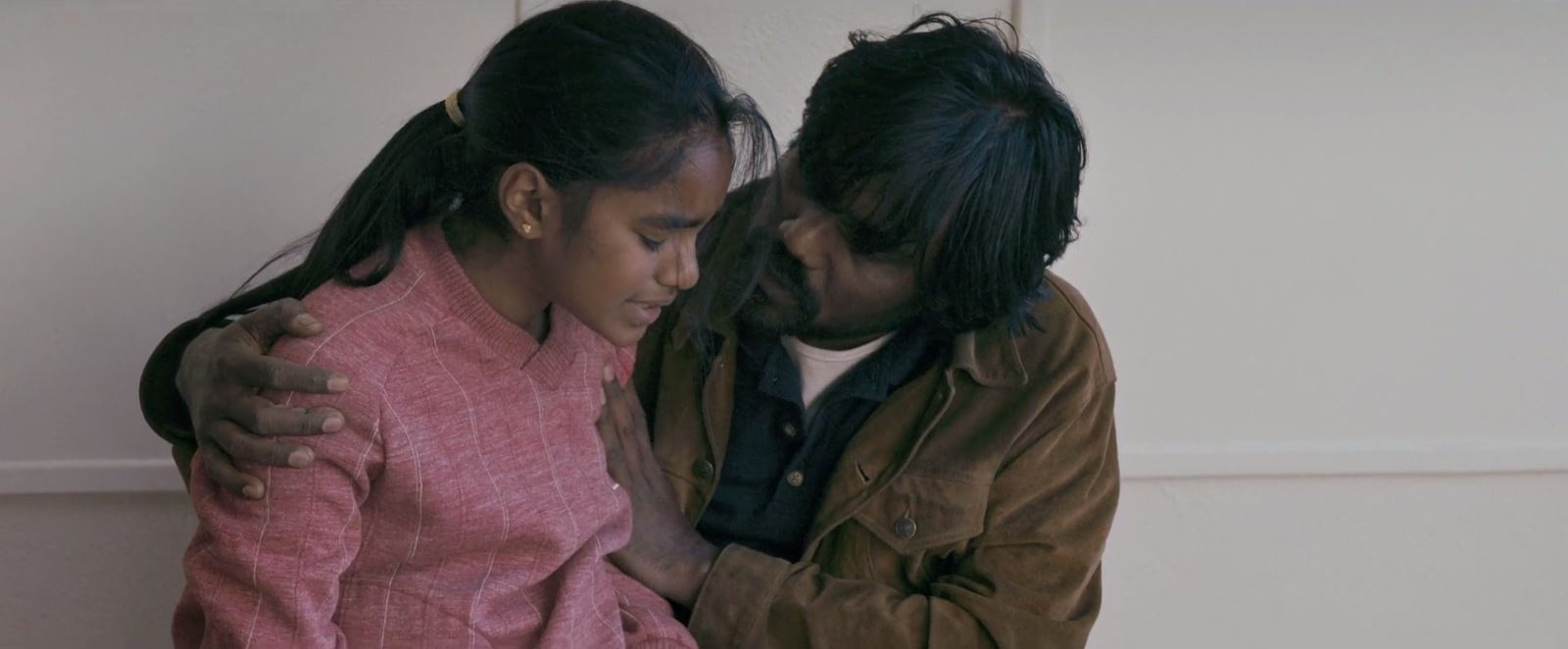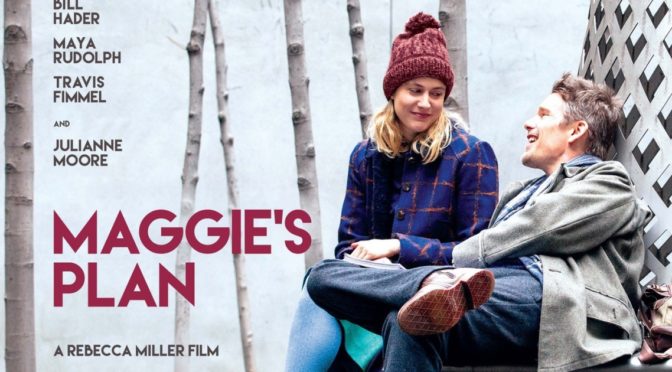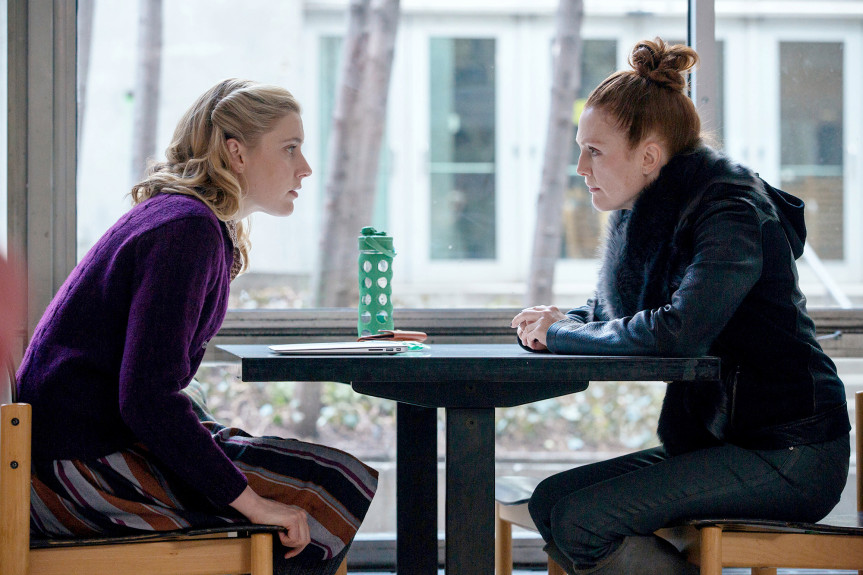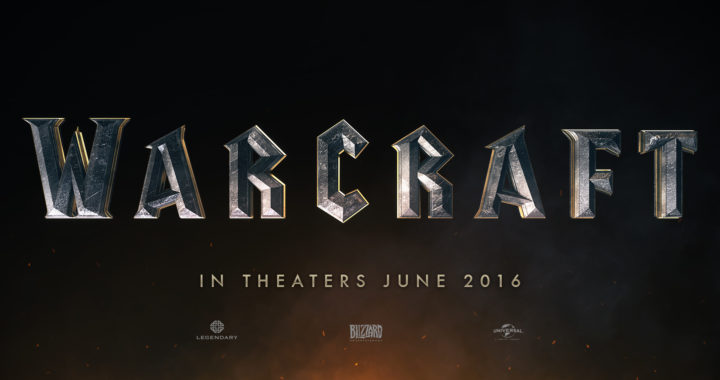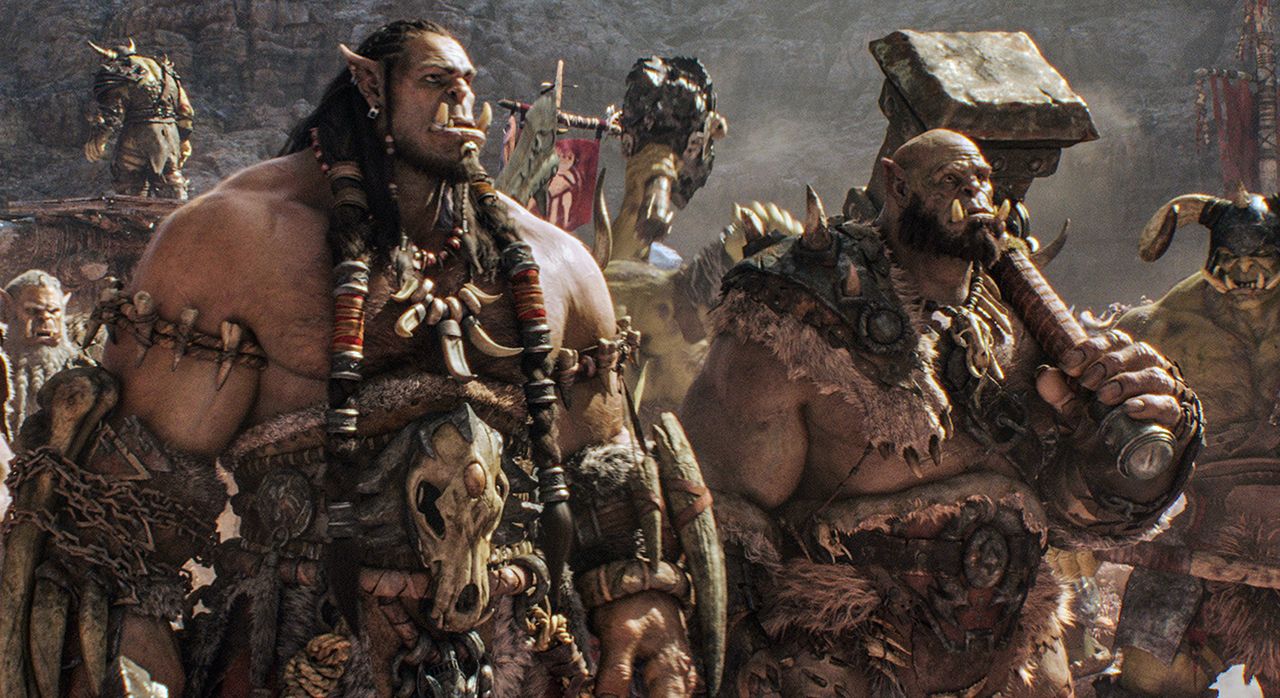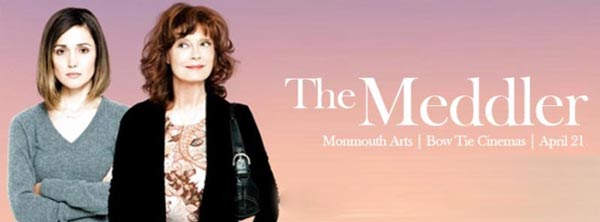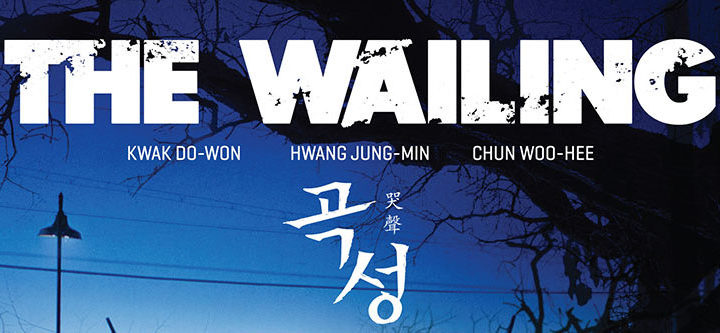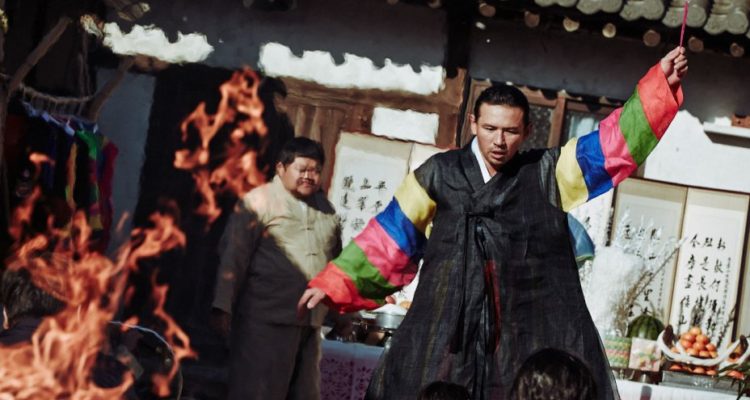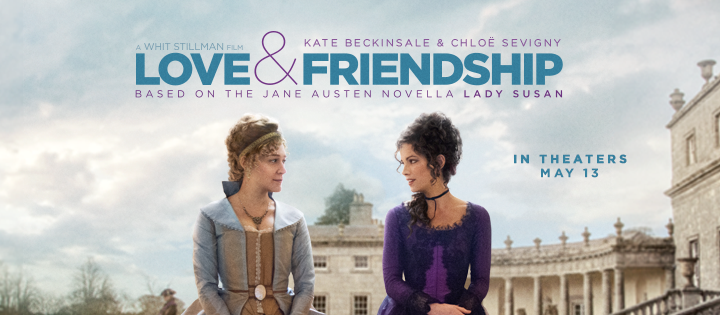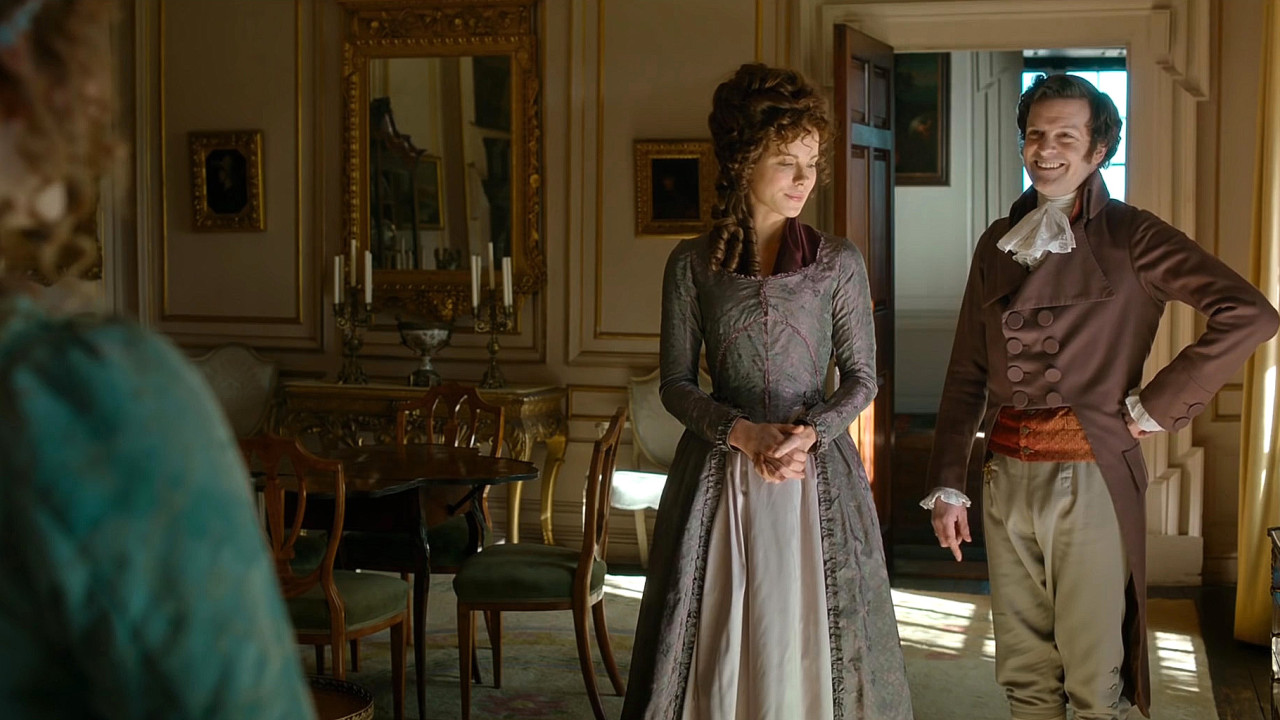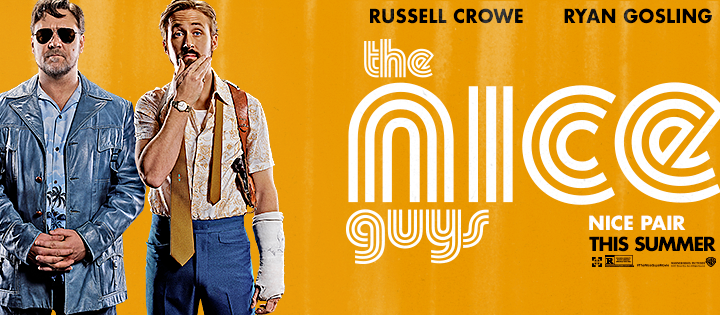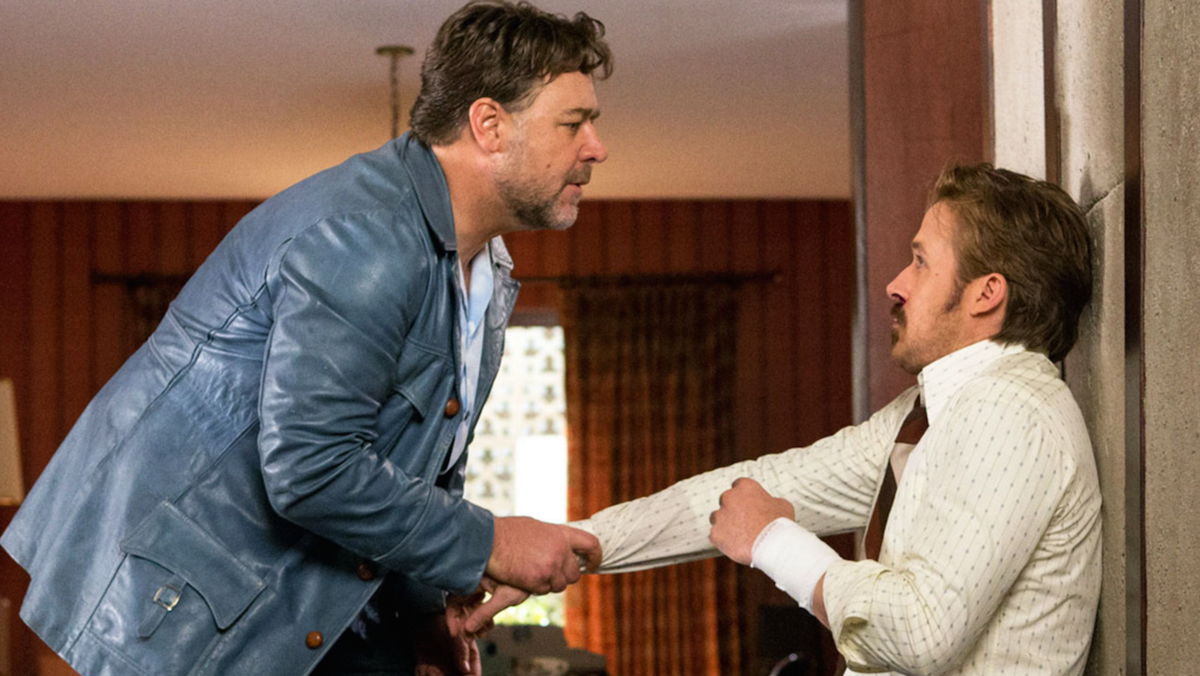Well folks, we finally have an answer to the age old question “is the New Zealand accent inherently funny?” Yes. Yes, it is.
A troubled youth, Ricky Baker (Julian Dennison; Paper Planes), guilty of petty crimes like graffiti, loitering, and spitting, is shuffled from foster home to foster home until he is taken to his last option before juvenile detention. Aunt Bella (Rima Te Wiata; Housebound) is the woman who gladly takes him in and immediately establishes herself as a kind, loving person. She gently supports him even as he tries to escape and awkwardly pokes fun at his weight in a misguided attempt to engage him. For the first time in his life, Ricky has a caring home, but an unfortunate twist of fate puts Aunt Bella out of the picture and leaves him alone with her grumpy, apathetic husband, Uncle Hec (Sam Neill; Jurassic Park). Still, Ricky is happy with his Uncle until child welfare decides that he needs to be taken back. Ricky’s response is to run away into the bush forcing Uncle Hec to follow him. The time they spend in the woods causes them to miss the child welfare pickup date and gets misconstrued as a kidnapping, making Uncle Hec a wanted man and the bulk of the film follows the pair as they hide in the woods trying to avoid the nationwide manhunt.
Ricky’s greatest asset is his cherubic, expressive face. He has a minor criminal record, but even as he gets into trouble and tries to “be gangster”, his chubby cheeks only beam with innocence. No matter what he claims, his age is exposed by his lack of experience. SWAT teams are confused with ninjas and police dogs are mistaken for direwolves. Everything he knows is based on pop culture references so his time in the wild with Uncle Hec allows him to grow and his reactions to realities of bush-life provide a sympathetic audience surrogate. Yet even as he toughens in the wild, his fumbling actions are always humorous and endearing, not aggressive.
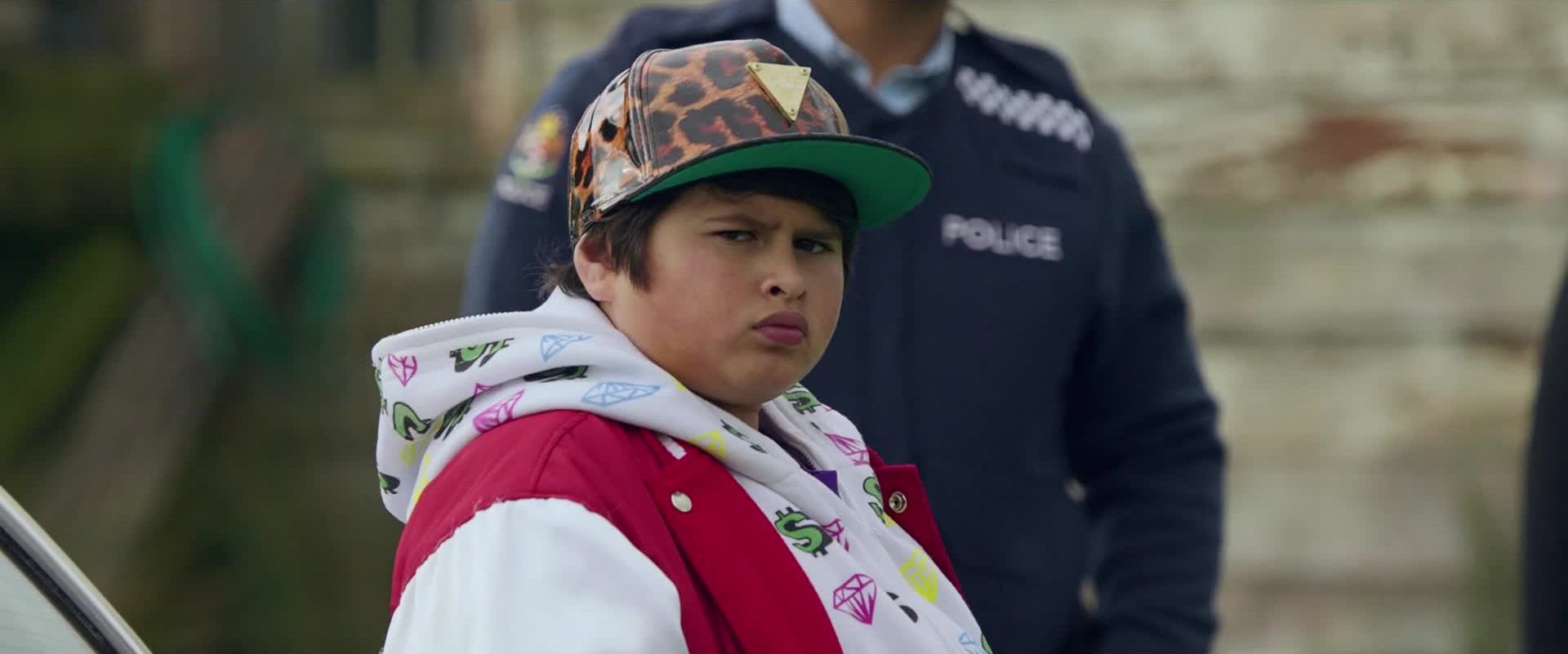
The film demonstrates the skills of its director. Taika Waititi’s previous film, What We Do in the Shadows, was a horror comedy about a house of vampires and while the feature proved his talents as an actor and a writer, the Real World-esque structure masked his abilities behind the camera. Here he is able to show off his command of the screen. There are perfectly placed comedic snap zooms as well as a recurring shot involving a revolving camera pan with characters moving in and out of frame to show the passage of time. This concisely moves the plot forward while still producing laughs in a way that few directors are capable of. Waititi’s directorial flourishes add visual excitement to the strong comedic writing.
Underneath the manhunt setup is a deeper message. Each of the main characters is lost in some way. Aunt Bella, Uncle Hec, and Ricky are all orphans and finding acceptance becomes the major theme. Ricky has been rejected by all his previous families and Uncle Hec has never had anyone but Bella. Together they form their own oddball family unit. Ricky writes haikus for Uncle Hec (a method of expression advised by a previous social worker) and as their outlaw status escalates they only grow closer. Hunt for the Wilderpeople is a rare comedy, consistently original and hilarious with a sincere, sentimental core.

4/5 stars.

